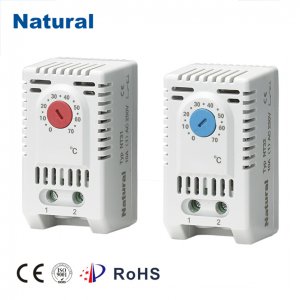An adjustable mechanical thermostat is a vital component in many heating and cooling systems, playing a crucial role in maintaining comfortable indoor temperatures. These devices, which have been in use for decades, are valued for their simplicity, durability, and efficiency. Despite the growing popularity of digital and smart thermostats, the adjustable mechanical thermostat remains a reliable and cost-effective option for controlling room temperatures. This article will delve into the working principles of adjustable mechanical thermostats, their advantages, and their continued relevance in modern heating and cooling systems.

How Adjustable Mechanical Thermostats Work

At its core, an adjustable mechanical thermostat is designed to regulate temperature by sensing environmental changes and responding accordingly to activate or deactivate the heating or cooling systems. The mechanism that enables this regulation is relatively simple but highly effective. One of the most common types of sensors used in mechanical thermostats is a bimetallic strip. This strip is composed of two different metals that expand and contract at different rates when exposed to temperature changes. As the temperature fluctuates, the bimetallic strip bends or straightens, triggering a switch that turns the HVAC system on or off. In some cases, a gas-filled bulb can also be used in place of the bimetallic strip to sense temperature changes.
